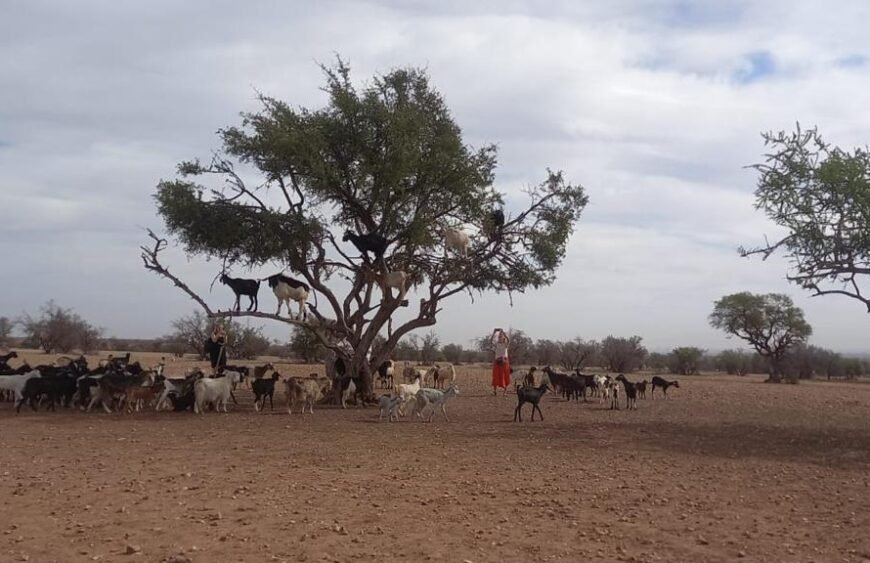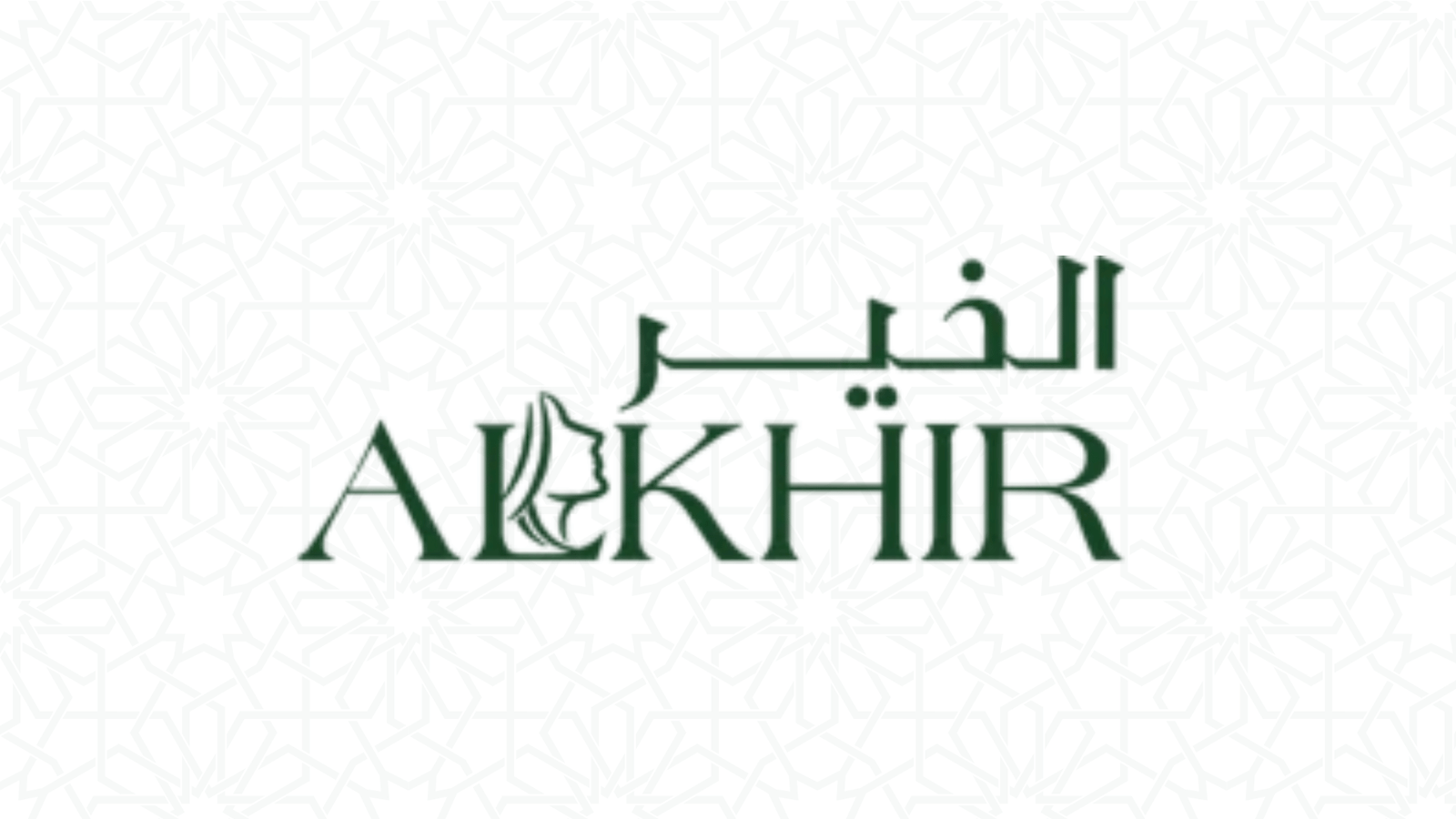The argan tree (Argania spinosa), native to southwestern Morocco, thrives in a unique and biodiverse region that has become synonymous with this ancient and resilient tree. This area, often referred to as the Arganeraie, is not only vital for its ecological contributions but also for its cultural and economic importance to the local communities. This article explores the rich landscape of the argan region, its environmental significance, and the ways in which it sustains local livelihoods.
The Unique Landscape of the Argan Region
The Arganeraie covers a vast area in southwestern Morocco, characterized by its semi-arid climate and diverse topography. Key features of this region include:
- Varied Terrain: The landscape ranges from coastal plains to rocky foothills, creating a mosaic of habitats that support a variety of plant and animal species.
- Semi-Arid Climate: The region experiences low annual rainfall and high temperatures, conditions under which the hardy argan tree thrives.
- Biodiversity Hotspot: The argan region is home to numerous endemic species of flora and fauna, making it a crucial area for biodiversity conservation.
Ecological Significance
The argan forests play a pivotal role in maintaining the ecological balance of the region. Their significance includes:
- Soil Stabilization: The deep root systems of argan trees help prevent soil erosion and desertification, a critical function in this fragile environment.
- Water Retention: Argan trees enhance the soil’s ability to retain water, improving the resilience of the ecosystem during drought periods.
- Habitat Provision: The trees provide habitats for a range of wildlife, including birds, insects, and mammals, contributing to the region’s rich biodiversity.
Cultural and Economic Importance
The argan region is not just an ecological treasure; it is also deeply intertwined with the cultural and economic fabric of local communities:
- Traditional Practices: For centuries, the indigenous Berber communities have relied on argan trees for their livelihoods, using every part of the tree for food, fuel, and medicine.
- Argan Oil Production: The extraction of argan oil is a labor-intensive process traditionally carried out by local women. This practice supports numerous cooperatives and provides a significant source of income for families.
- Tourism and Education: The unique landscape and cultural heritage of the argan region attract tourists and researchers, further contributing to the local economy and raising awareness about conservation efforts.
Conservation Efforts
Despite its importance, the argan region faces several threats, including overgrazing, deforestation, and climate change. Conservation efforts are underway to protect and restore this vital ecosystem:
- UNESCO Biosphere Reserve: The Arganeraie Biosphere Reserve was established to promote sustainable development and protect the unique biodiversity of the region.
- Reforestation Projects: Initiatives to plant new argan trees and restore degraded areas help ensure the long-term sustainability of the forests.
- Sustainable Practices: Promoting sustainable harvesting and agricultural practices helps balance the needs of local communities with the preservation of natural resources.
Conclusion
The argan region of Morocco is a unique and invaluable landscape that supports a rich tapestry of life and culture. Its ecological, cultural, and economic significance makes it a vital area for conservation and sustainable development. By supporting efforts to protect and restore the argan forests, we can help preserve this biodiverse treasure for future generations.






